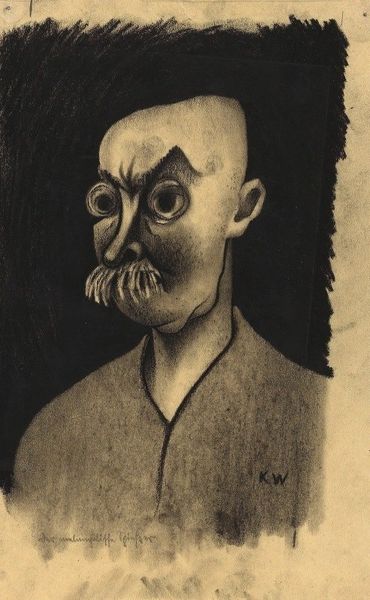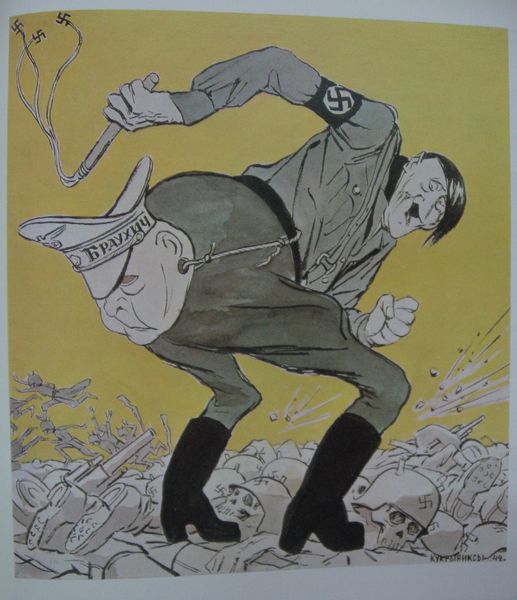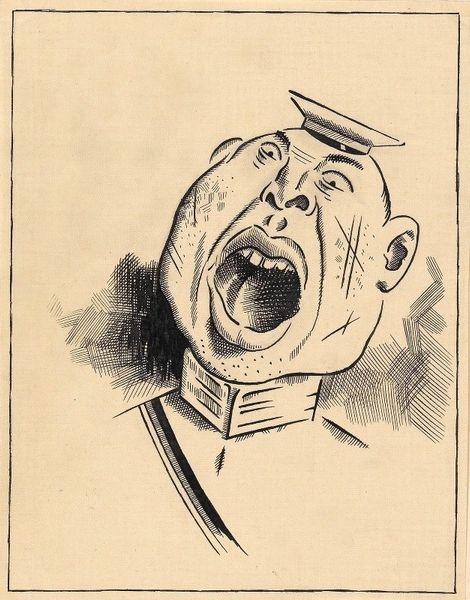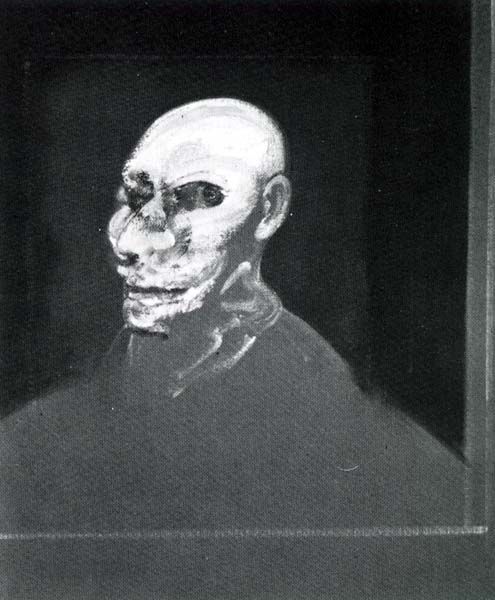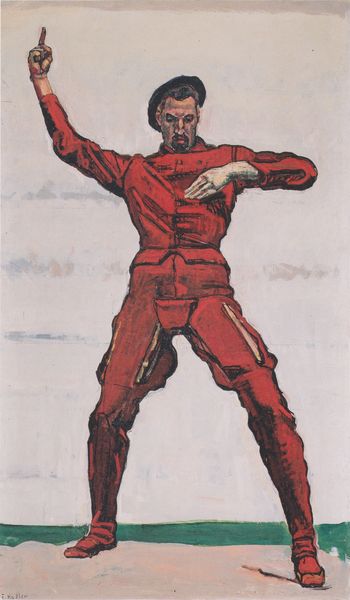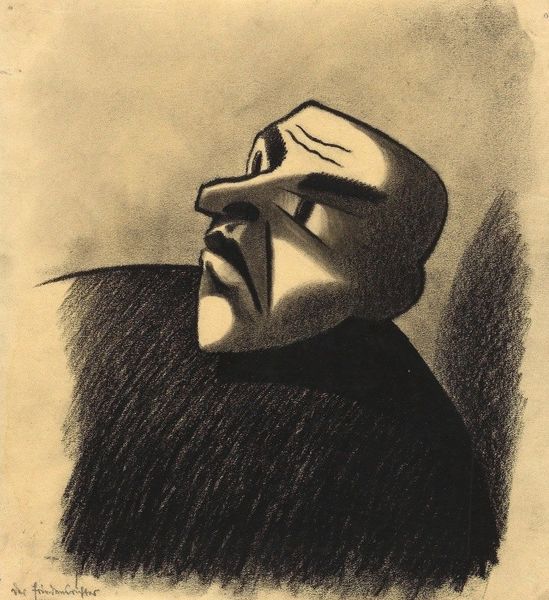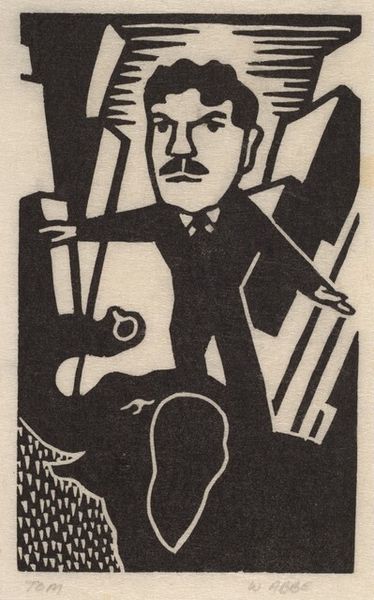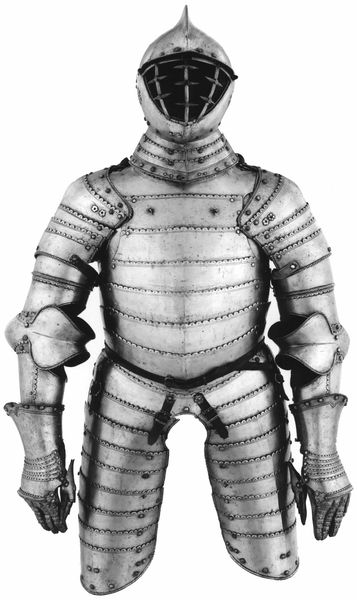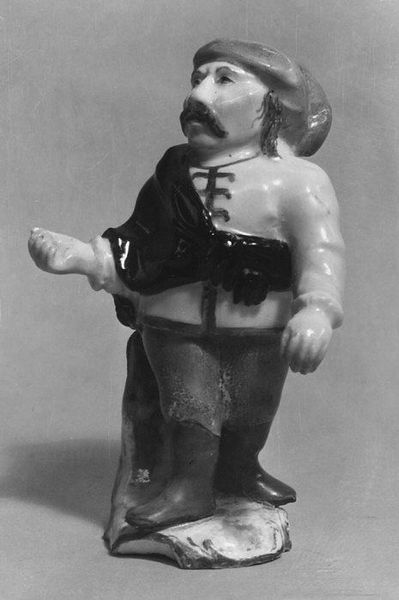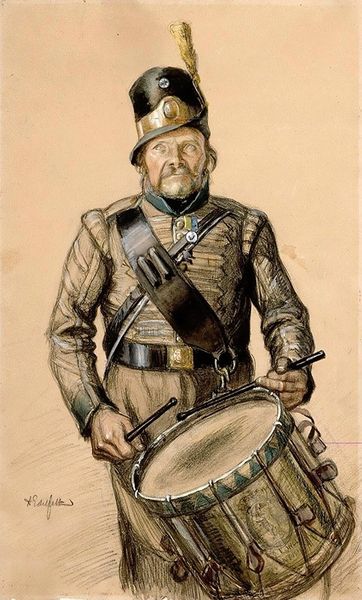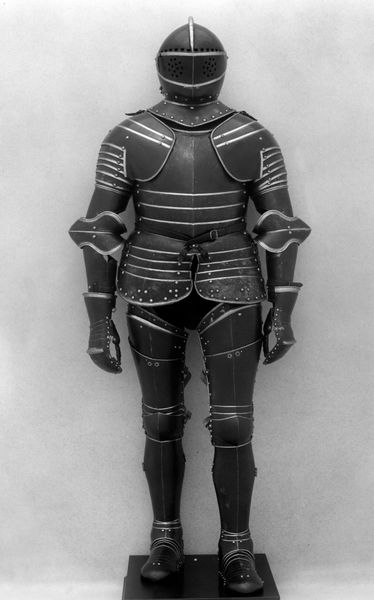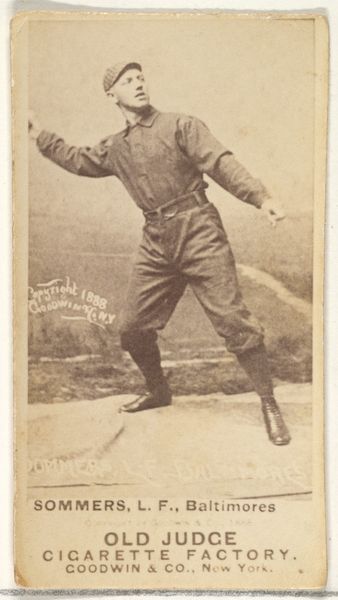
Adolf the Übermensch: Swallows gold and spouts junk, AIZ 11. no. 29, July 17 1932
0:00
0:00
Copyright: John Heartfield,Fair Use
Editor: This photomontage from 1932, by John Heartfield, is titled *Adolf the Übermensch: Swallows gold and spouts junk.* It's visually jarring. The figure's insides are replaced with coins. What can you tell us about its symbolism? Curator: The immediate symbolism points to a critique of power and corruption. Heartfield uses the body, specifically Hitler's image, as a vessel. Instead of vital organs, it’s filled with currency. Think about what gold represents culturally. What kind of meaning could this convey when linked to a political figure? Editor: Greed, maybe? That power is being fueled by money, not by anything substantial? Curator: Precisely! And consider the phrase "spouts junk." It suggests that the figure's rhetoric, his pronouncements, are worthless, like garbage. The juxtaposition of the valuable (gold) and the worthless (junk) is critical. How does that reflect on the society that's allowing him to rise to power? Editor: It’s like saying they are being conned. Being seduced by empty promises funded by hidden interests. Curator: Exactly. And note the careful use of photomontage. It's not just about pasting images together, but creating a new visual language. The symbols used here, the coins, the skeleton, work together to form a message. The cultural memory of wealth, juxtaposed with mortality… what do they signify in the rising power of the Nazi party? Editor: So the symbols aren’t just visual, but they tap into deeper fears and anxieties of the time. That really makes it a powerful commentary. Curator: Indeed. Heartfield isn't just making an aesthetic statement. He's using the power of visual symbolism to make a potent political argument. A visual argument speaking truth to power during incredibly dangerous times.
Comments
No comments
Be the first to comment and join the conversation on the ultimate creative platform.

